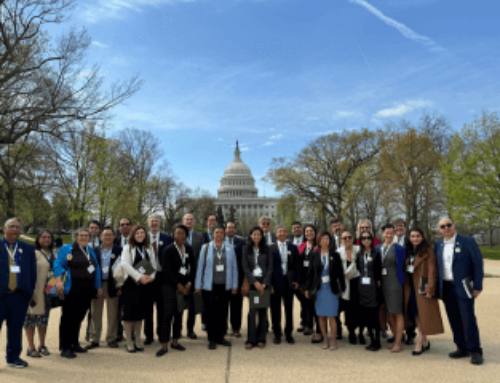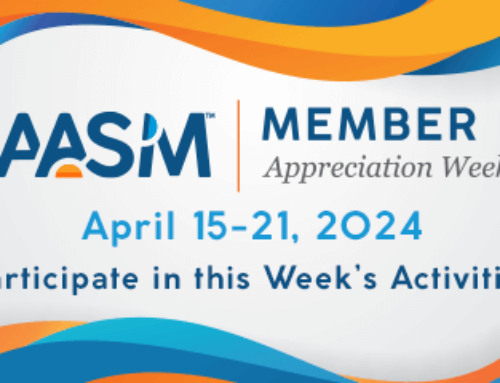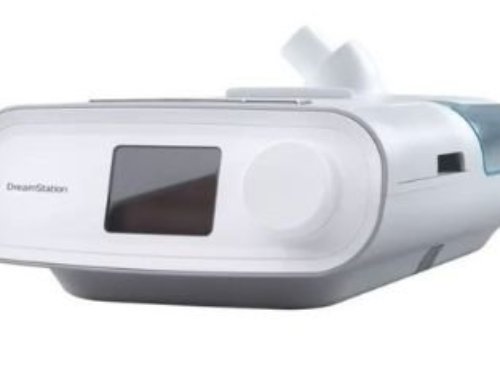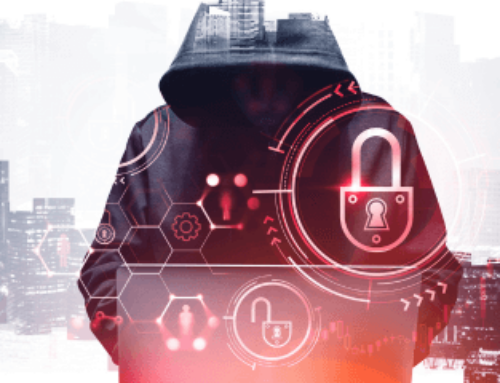On March 20, 2020, AASM Public Safety Committee Chair Dr. Indira Gurubhagavatula and Vice Chair Dr. Shannon Sullivan talked with Dr. Clete Kushida, medical director of the Stanford Sleep Clinic in California, to discuss how his team is managing patient care and promoting employee safety during the COVID-19 outbreak. The discussion was the first in the Clinical Conversations: COVID-19 series.
You can play the video for the full conversation or review the highlights and summary below.
Highlights
- Prescreening patients for COVID-19 isn’t 100-percent accurate, especially because people can have the virus but be asymptomatic. For the safety of patients, providers and staff, the Stanford Sleep Clinic currently is conducting all appointments via telemedicine.
- Stanford’s in-lab sleep studies and home sleep apnea tests are on hold, and this policy is being re-evaluated every two weeks. Sleep labs are encouraged to consider the risks of exposure and whether the sleep tests are urgent.
- Not enough is known about CPAP and the virus, so patients should err on the side of caution. Continue to use CPAP but distance yourself from others in the household, and contact your sleep physician if you have symptoms of COVID-19.
- Keep teaching. Stanford is using video conferencing for sleep study reviews and lectures as part of its fellowship training program.
Summary
In response to the COVID-19 pandemic, the Stanford Sleep Clinic began converting its clinic appointments to video visits using telemedicine in mid-March. Dr. Kushida said the decision was made after it became apparent that prescreening patients for coronavirus over the phone was not enough to protect staff and other patients.
Because the patient can connect to only one physician through Epic, visits that require a patient to be seen by a fellow and an attending physician are conducted through Zoom. Dr. Kushida said there was a bit of initial confusion over which platform to use, but everyone is adjusting. He notes that Zoom offers a “waiting room” feature that ensures patient privacy.
Dr. Kushida offered additional tips for the shift to telemedicine and remote working arrangements. First, make sure you have current contact information for all staff and providers. Also, it is important to use an app that can block caller ID or substitute your clinic phone number, so you aren’t sharing your personal cell phone number with patients.
Stanford also has suspended all in-lab sleep studies and home sleep apnea tests, with plans to re-evaluate the decision every two weeks. Dr. Kushida said it was a “no brainer” to delay tests to minimize sleep technologists’ potential exposure to the virus. With much about the transmission of the virus still unknown, and personal protective equipment in short supply, he believes even home sleep apnea tests pose unnecessary risk at this time.
For labs that might still be open and providing testing, Dr. Kushida recommended that facilities strongly question the need for in-lab sleep studies, given the close contact of patients and sleep technologists. Facilities also should ensure proper safeguards against virus transmission if conducting home sleep apnea tests, including proper sterilization and minimal contact for infection control. Each lab must make thoughtful, informed decisions while keeping the health and safety of patients and the sleep team foremost in mind.
As for the risks of coronavirus transmission through CPAP, much is still unknown. If sleep apnea patients have symptoms of COVID-19, Dr. Kushida said they should isolate themselves from the rest of the household. CPAP users with asymptomatic COVID-19 potentially could spread the virus through aerosolization. Therefore, Dr. Kushida recommended that patients continue to use CPAP in a separate bedroom, clean it regularly, follow manufacturer recommendations, and contact their sleep physician or manufacturer if they suspect an air leak, which might be able to be investigated remotely.
Patients who suspect they have coronavirus should contact their physician, who can make an accurate recommendation regarding CPAP treatment by evaluating the patient and assessing risk among household members during a virtual visit. Dr. Kushida cautioned patients against purchasing special filters that claim to block the virus because they are untested and could put patients at further risk.
Dr. Kushida noted that through all these considerations, sleep fellows still must learn. He said Stanford is using video conferencing for sleep study reviews and lectures, which also are recorded for later use. He’s doing all he can to maintain the integrity of the fellowship experience.








